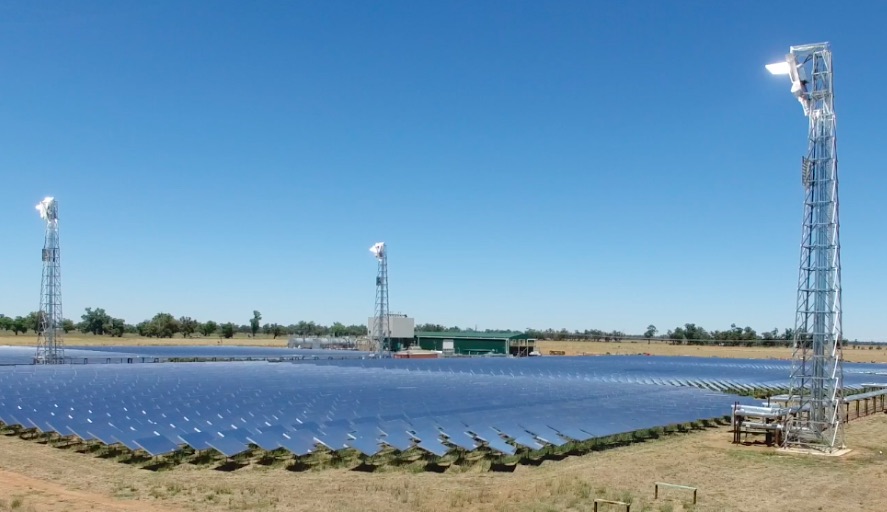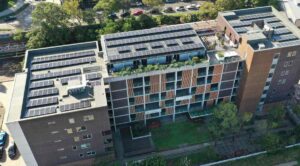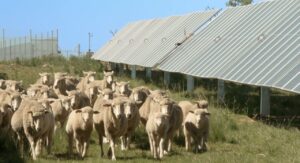Plans to build Australia’s first commercial scale concentrated solar power plant in Port Augusta have made further progress with a new partnership kicking off early design work and promising to “break new ground” on molten salt storage technology.
Vast said on Friday that it has partnered up with global design and manufacturing firm Contratos y Diseños Industriales (CYD) to take the next step forward on its VS1 project, the 30MW/288MWh plant in South Australia.
Vast says CYD will make a start on early design work at VS1, including through use of a “first-of-its-kind” virtual model to simulate the construction and operation of the project’s thermal energy storage tanks that contain molten salt at high temperatures.
CYD’s Avatar Model concept uses a virtual model – or “dynamic digital twin” – to create the exact dimensions of VS1’s thermal energy storage system, thus allowing for testing and simulation under different conditions.
Vast says this will help to identify and mitigate any problems while also optimising the design and performance of the tanks before they are manufactured and installed.
Vast has been working with CYD on the development of new thermal storage tank designs, including the Flexitank, which is the subject of a pending patent application.
“The Avatar Model’s holistic approach to the design, manufacture, construction and operation of molten salt tanks will further strengthen VS1,” Vast CEO Craig Wood said on Friday.
“This innovative approach to building CSP projects is a big step forward for Vast and the whole industry.”
Vast’s take on CSP technology, demonstrated at a 1.1MW pilot plant in Jemalong in NSW, differs from others by using modular arrays of solar towers and receivers to capture and store energy from the sun and use it provide electricity of heat.
Dubbed CSP 3.0, following previous parabolic trough and large centralised tower technologies, the Vast technology uses sodium as a heat transfer fluid and claims to have improved the efficiency of the solar collecting system, reducing capital and operating costs.
The latest progress at VS1, which remains on track to power up in 2024, follows the appointment of Worley’s Advisian, in June, to complete basic engineering and front-end engineering design.
As RenewEconomy has reported, VS1 is slated for development on the same piece of land as the ill-fated Aurora project that collapsed several years ago, after US-based SolarReserve was unable to gain enough funds for its 150MW, eight hour plant, despite a $100 million grant promised by the federal government.
Vast also needs to gather up enough funds to meet the anticipated full $203 million cost of the significantly smaller VS1 project, but has had help from ARENA with a $65 million grant announced in February.
Vast has also secured a $40 million pledge from ARENA and Germany for VS1 to supply a proposed solar methanol facility and hydrogen electrolyser alongside VS1 in Port Augusta.
The co-located VS1 solar methanol plant – dubbed SM1 – will use the zero emissions dispatchable electricity and heat from VS1 to produce green methanol for use as a sustainable shipping fuel.
“Our collaboration with Vast is breaking new ground in the CSP industry,” said CYD’s Sergio Dávila in a statement.
“The Avatar Model … provides an opportunity to implement learnings at an early-stage to ensure the optimal performance of thermal energy storage systems.”










